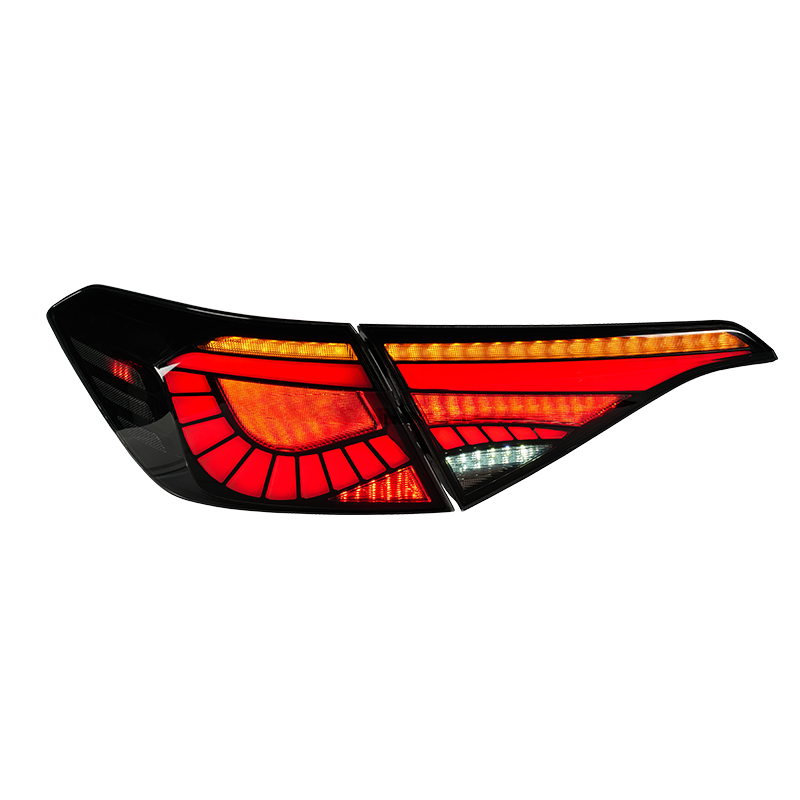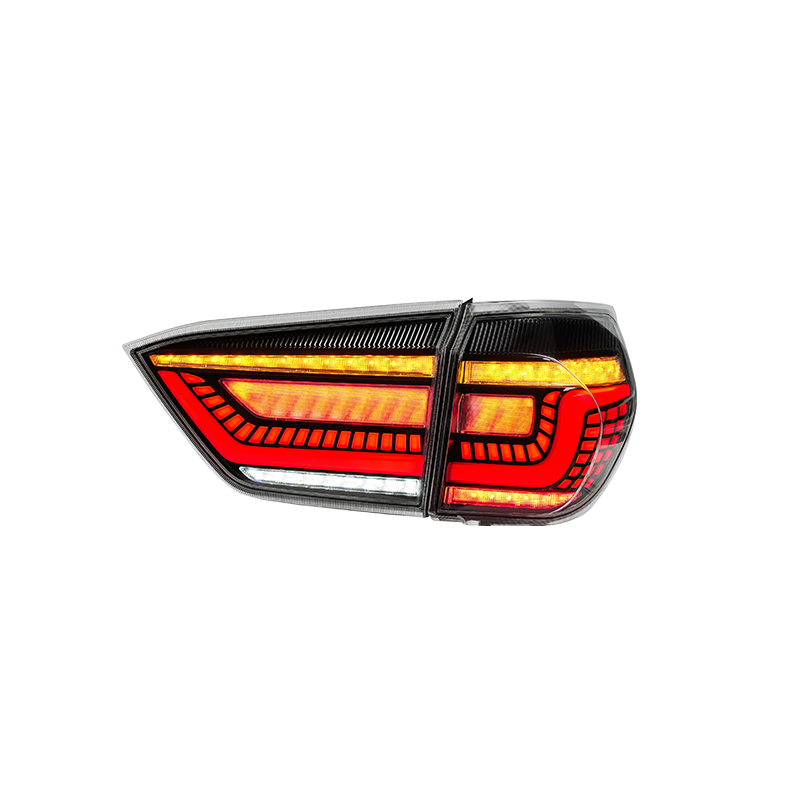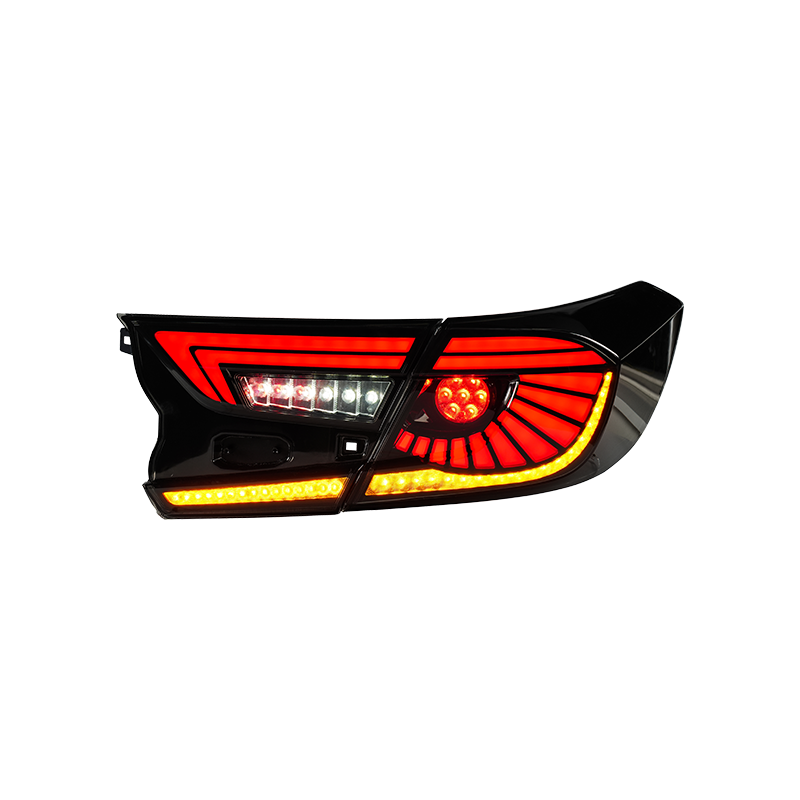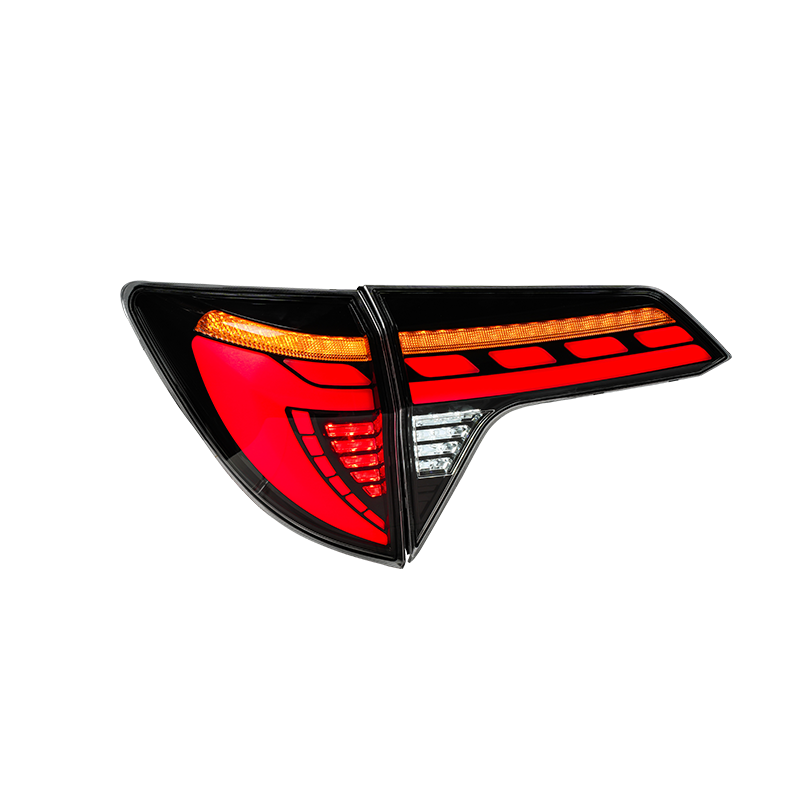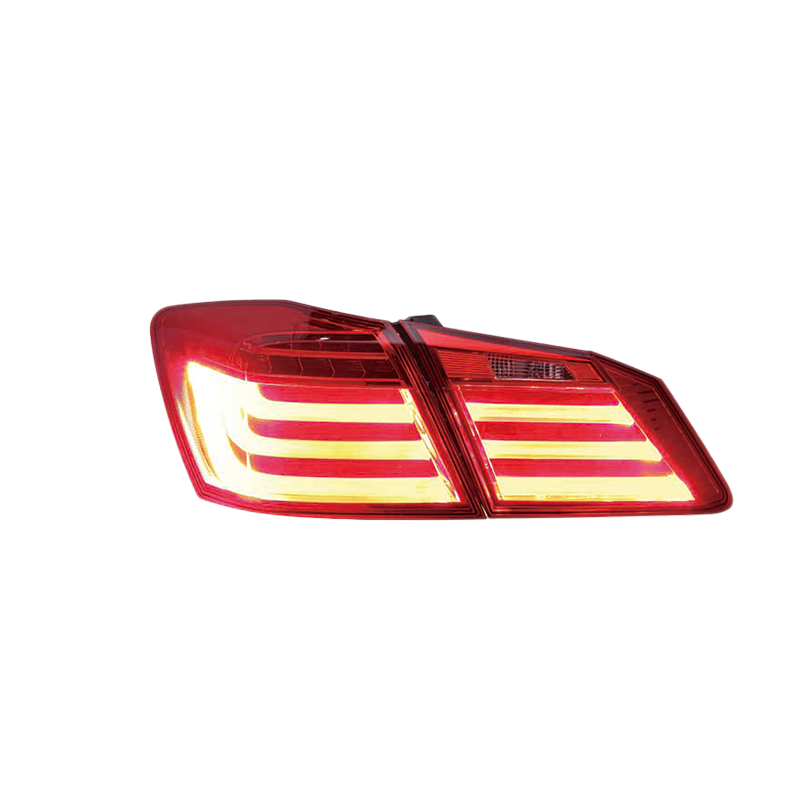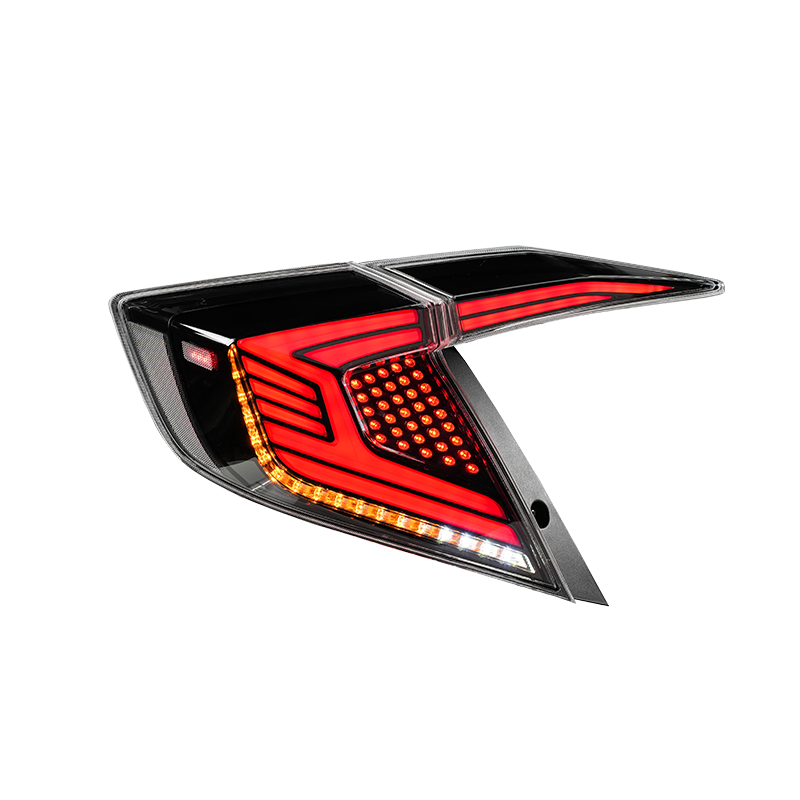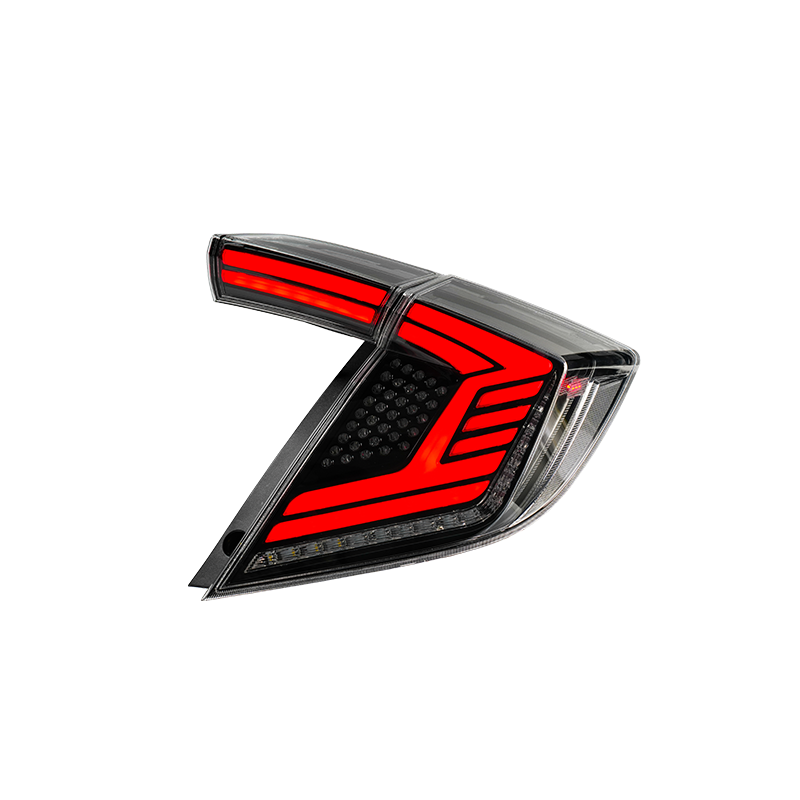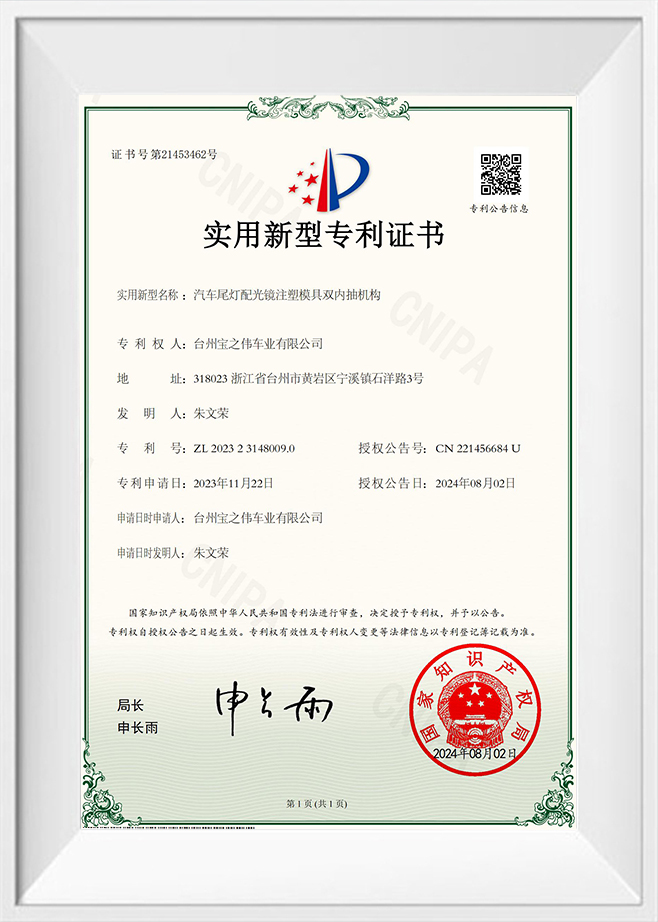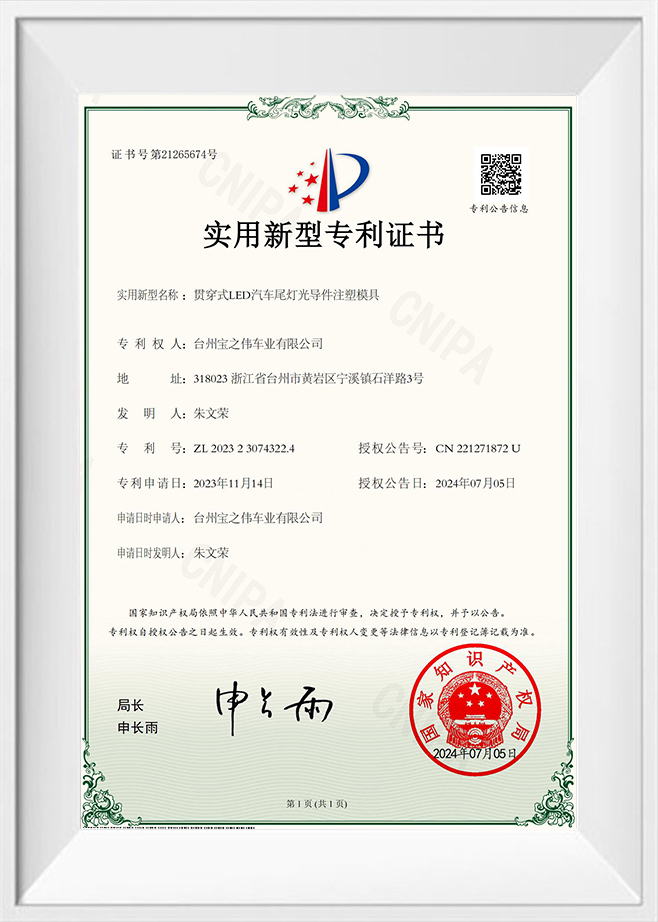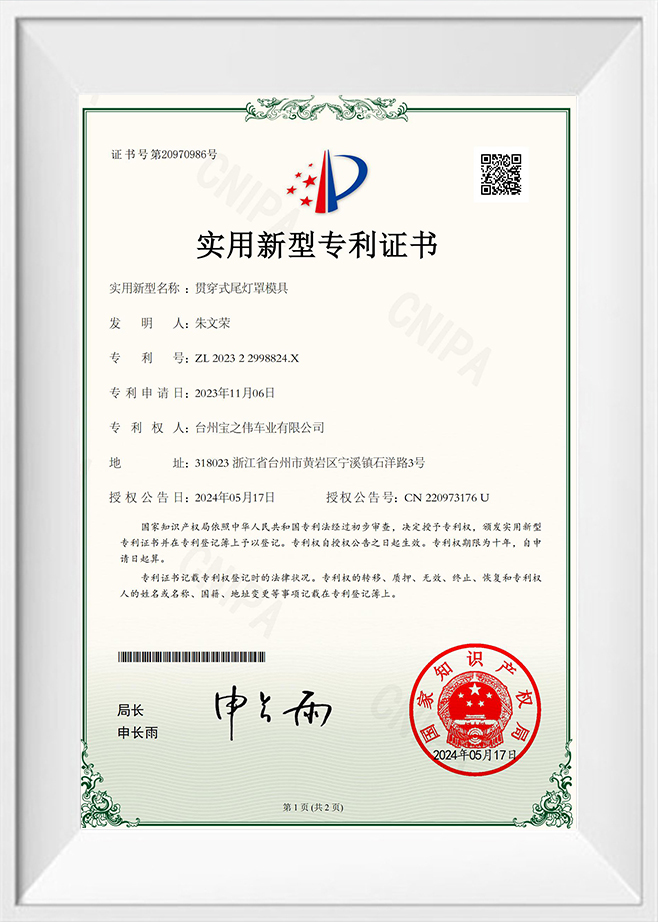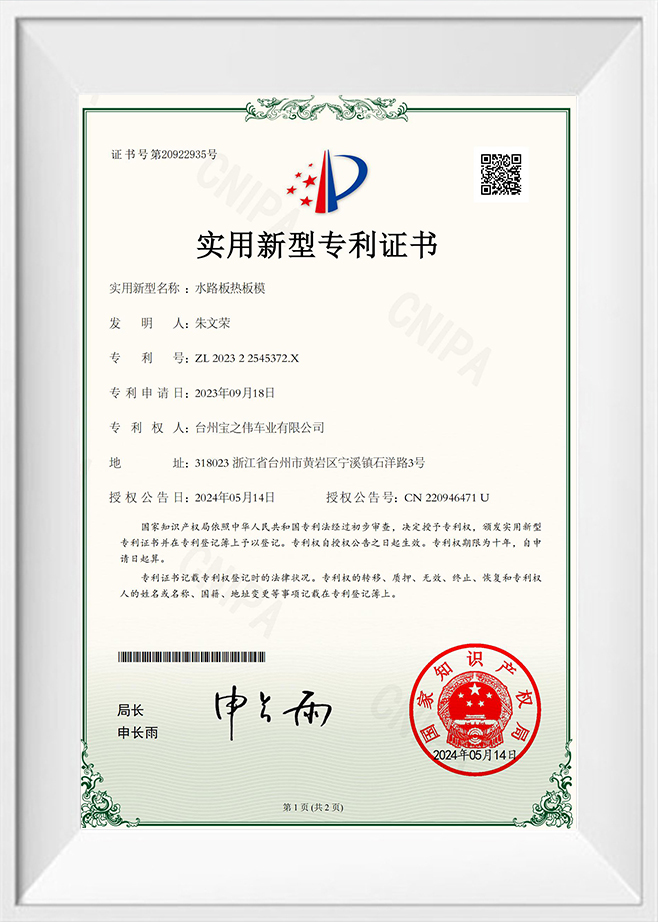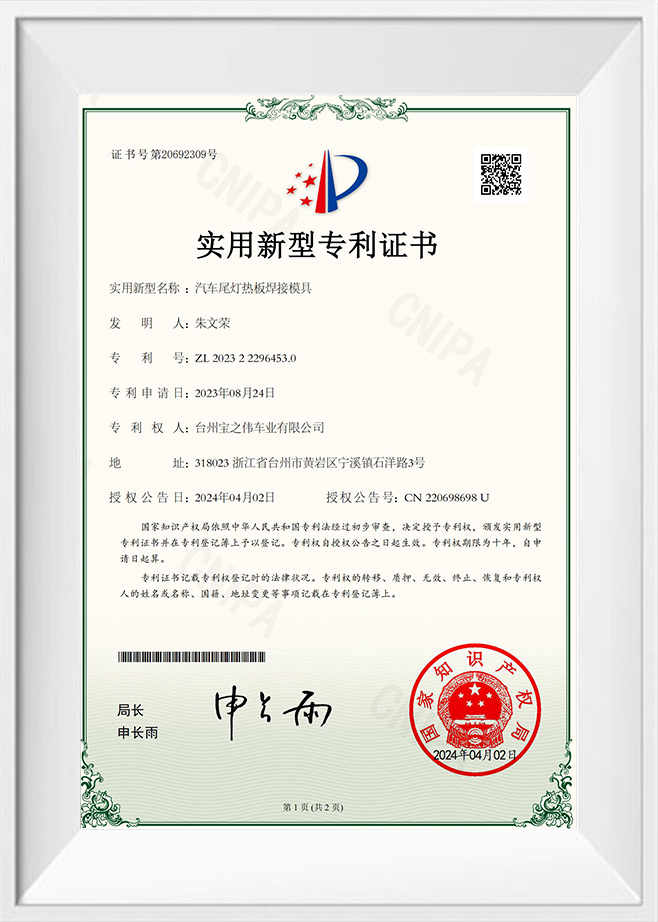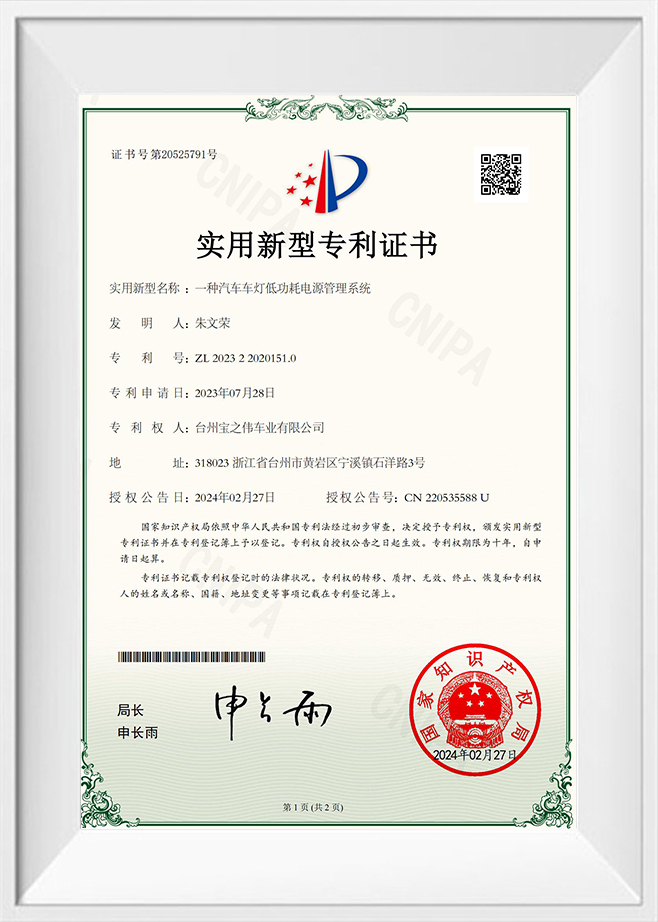The Design Aesthetics of Slim LED Tail Lamp for Honda
The design of automotive lighting has come a long way in recent years, with manufacturers pushing the boundaries of both functionality and aesthetics. One such innovation is the slim LED tail lamp, particularly those used in models from Honda. These tail lamps not only enhance the car’s overall look but also offer practical benefits for both the driver and the pedestrian.
From an aesthetic standpoint, the slim LED tail lamp design is sleek and modern. Unlike traditional tail lamps, which can often appear bulky and dated, the slim LED lamps offer a more sophisticated, contemporary appearance. The reduced size is particularly well-suited for modern cars that emphasize a streamlined, minimalistic profile. Honda’s use of these tail lamps contributes to a dynamic rear-end design, providing a balance of elegance and sportiness. The thin, linear light bars are often arranged in such a way that they form a unique signature pattern, setting Honda apart from other manufacturers. This helps in creating a distinctive look for their vehicles, making them easily recognizable even from a distance.
The slim design also complements the vehicle’s overall aerodynamic structure. In addition to contributing to a modern, attractive rear end, the thin profile helps reduce weight and air resistance, which can improve fuel efficiency. The lightweight nature of LED technology further benefits the car’s design by the need for larger, heavier components.
From a functional perspective, the slim LED tail lamps offer improved visibility compared to traditional incandescent bulbs. The bright, focused light emitted by LEDs ensures that the vehicle is visible from a greater distance, enhancing safety. Additionally, the LED lights have a longer lifespan and consume less energy, making them more environmentally friendly and cost-effective in the long run.
The Technology Behind LED Rear Combination Lights
LED rear combination lights represent a significant advancement in automotive lighting, driven by the desire for greater efficiency, durability, and design flexibility. These lights, which combine the functions of tail lamps, brake lights, and turn signals, are powered by Light Emitting Diodes (LEDs) that offer numerous technological advantages over traditional incandescent bulbs.
One of the key technologies behind LED rear combination lights is the use of semiconductor materials. Unlike conventional light bulbs, which rely on filament-based technology to generate light, LEDs produce light when an electric current passes through a semiconductor material. This process is called electroluminescence, where electrons recombine with holes in the semiconductor material, releasing energy in the form of light. This mechanism is highly efficient, allowing LEDs to emit more light with less energy consumption.
LED technology also allows for more compact designs. The small size of individual LEDs gives manufacturers the flexibility to create intricate lighting patterns, such as those found in Honda’s slim LED tail lamps. These lamps can be designed with minimal space requirements, allowing for more creative and innovative designs that blend seamlessly with the vehicle’s overall look.
Another significant technological advantage of LED rear combination lights is their lifespan. LEDs are known for their longevity, often lasting tens of thousands of hours, which is far longer than traditional incandescent bulbs. This durability translates into lower maintenance costs and reduced frequency of replacements, making LEDs a more cost-effective option for both car manufacturers and vehicle owners.
Additionally, LEDs are highly responsive. They light up instantly when the current is applied, offering faster response times than incandescent bulbs. This characteristic is especially crucial for brake lights and turn signals, where timely signaling can prevent accidents and improve road safety. The quick response time is also one of the reasons why LED rear combination lights are becoming increasingly popular in the automotive industry.
LEDs also offer a higher degree of brightness and visibility. The precise nature of LED light allows for better distribution, enhancing the visibility of the vehicle, especially in low-light conditions or adverse weather. This is a key safety feature, as it helps other drivers identify the vehicle more clearly and from greater distances.

 English
English русский
русский Español
Español